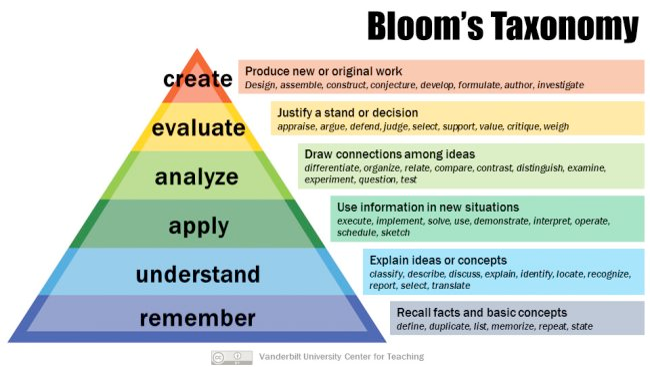More than ten years ago, I started my career in education as a lateral entry English teacher. The concept of rubrics was an emerging one in the school district where I taught. In fact, I remember attending a professional development seminar in which a state consultant explained the best practices for creating rubrics. The information is still mostly true more than a decade later--that rubrics need to have clear, concise verbiage to avoid confusion, have a scale for understanding what criteria earns a certain score range, and be no more than one page.
What has changed, though, is that when I first started using rubrics as a classroom teacher, the rubrics were for me to use with grading. While I gave the students a rubric to create an awareness of the requirements, I never had conversations that involved the rubrics. When I scored essays, I did highlight on the rubrics to ensure I was fairly assessing the students’ writing based on the requirements set forth in the rubrics.
A decade later, I have a newfound value in rubrics because of project-based learning units. All project-based learning units need to have rubrics attached to the units in which the standards are clearly identified. I place the standards in the middle range of the scoring. For example, if a standard is “Determine the theme of a story, drama, or poem from details in the text; summarize the text” (Reading: Literature 4.2, North Carolina ELA Standard Course of Study), that standard goes in the middle range of the rubric, which would be a score of 80-89. That stated, the PBL rubrics that I create or teach teachers to create never extend beyond 70. If a student cannot show mastery of the standards, the teacher must re-teach the concept to the student until that 70 level is attained. That can be done through PBL workshopping, which I will discuss in a subsequent blog entry.
After I have the standard on the rubric, I refer to Bloom’s Taxonomy to revise that standard for the 70-79 level and the 90-100 level. As Figure 1 conveys, the most basic level for Bloom’s is “remember,” and that involves being able to “define, duplicate, list, memorize, repeat, and state” (Armstrong, 2018). To adjust the standard RL 4.2, I would ask students to “Define the term theme” and “Memorize and restate one line of the poem” or “List two to three key parts of the story.” Then, in looking at how to bump up the standard for the 90-100 level, I might adjust the standard RL 4.2 to meet the “evaluate” level on Bloom’s, “Rewrite a passage from the story and defend your reasoning for the revision” or “Select the writer’s sentences and critiques the writer’s word choice based on the class discussion of the value of sensory details.”

Figure 1. Bloom’s Taxonomy from Vanderbilt University Center for Teaching.
The rubric in Figure 2 provides a clearer visual representation.

Figure 2. Standards-Based Rubric using Bloom’s Taxonomy.
As PBL units typically cover several standards, all of the standards for that one unit would be revised and included in the rubric in this same manner. All students receive the same rubric, and students and parents understand that meeting the proficient level means that the student has demonstrated mastery for the state standard and should, therefore, have no problem demonstrating that mastery on a summative assessment, state or otherwise. Finally, it is important that the teacher refer to the rubric throughout the PBL unit process, from start to finish. When a student has shown mastery, the teacher should provide a visual representation for the student, either through a stamp on the rubric standard or highlighting.
One question that I often hear is what happens to a student who continues through the PBL unit and never shows evidence of emerging, proficient, or exceeding expectations. To that, I remind teachers that their role is to facilitate the learning, which requires constant check-ins and progress monitoring. If a day or two pass and a student has been able to show evidence of any standard on the rubric at any level--emerging or otherwise, the teacher should re-evaluate the content and gather that student, as well as any other students struggling with that standard, together for a workshopping session to reteach the standard.
As noted previously, I will cover workshopping in another blog, but for now, teachers must remember that workshops are 20-30 minute mini-lessons, followed by students resuming work on the PBL unit. Note: For cross-curricular PBL units, teachers can use color coding to keep the content area standards organized, but teachers doing a cross-curricular PBL unit should have one rubric that is used in all content areas that are included in the unit. With that said, please feel free to contact me @DocAngMullennix or AngelaMullennix@gmail.com for more guidance on PBL unit rubrics.
About the Author:
Dr. Angela Mullennix is an Instructional Coach with Moore County Schools in North Carolina and the owner/operator of Innovative Consulting. With more than ten years’ experience at the K-12 and higher education levels, she specializes in project-based learning, maker education, STEAM, and writing instruction. Follow her on Twitter @DocAngMullennix.